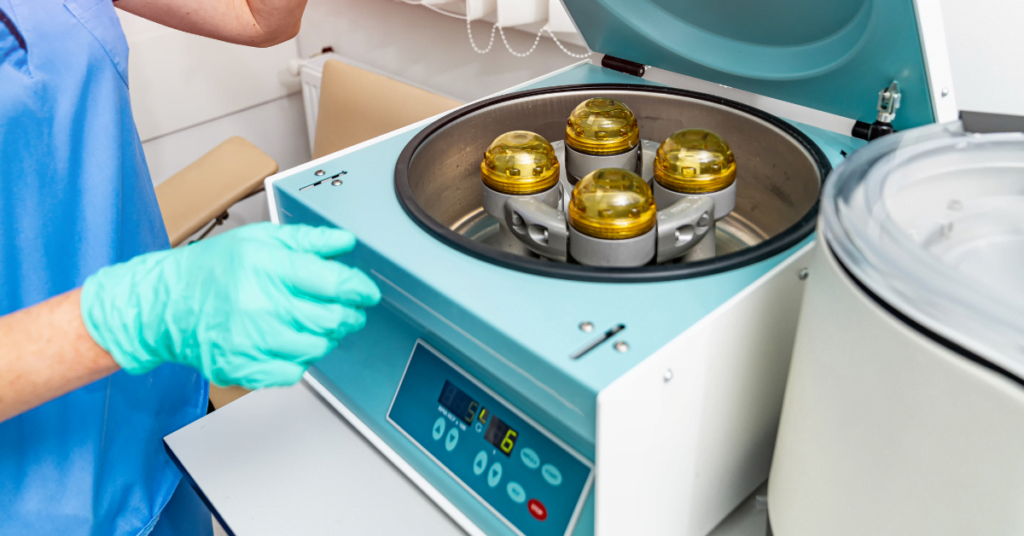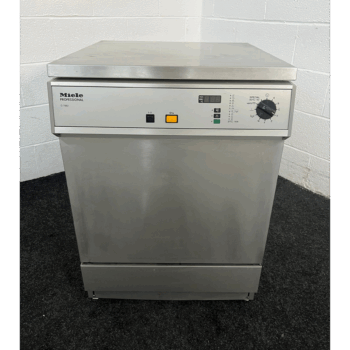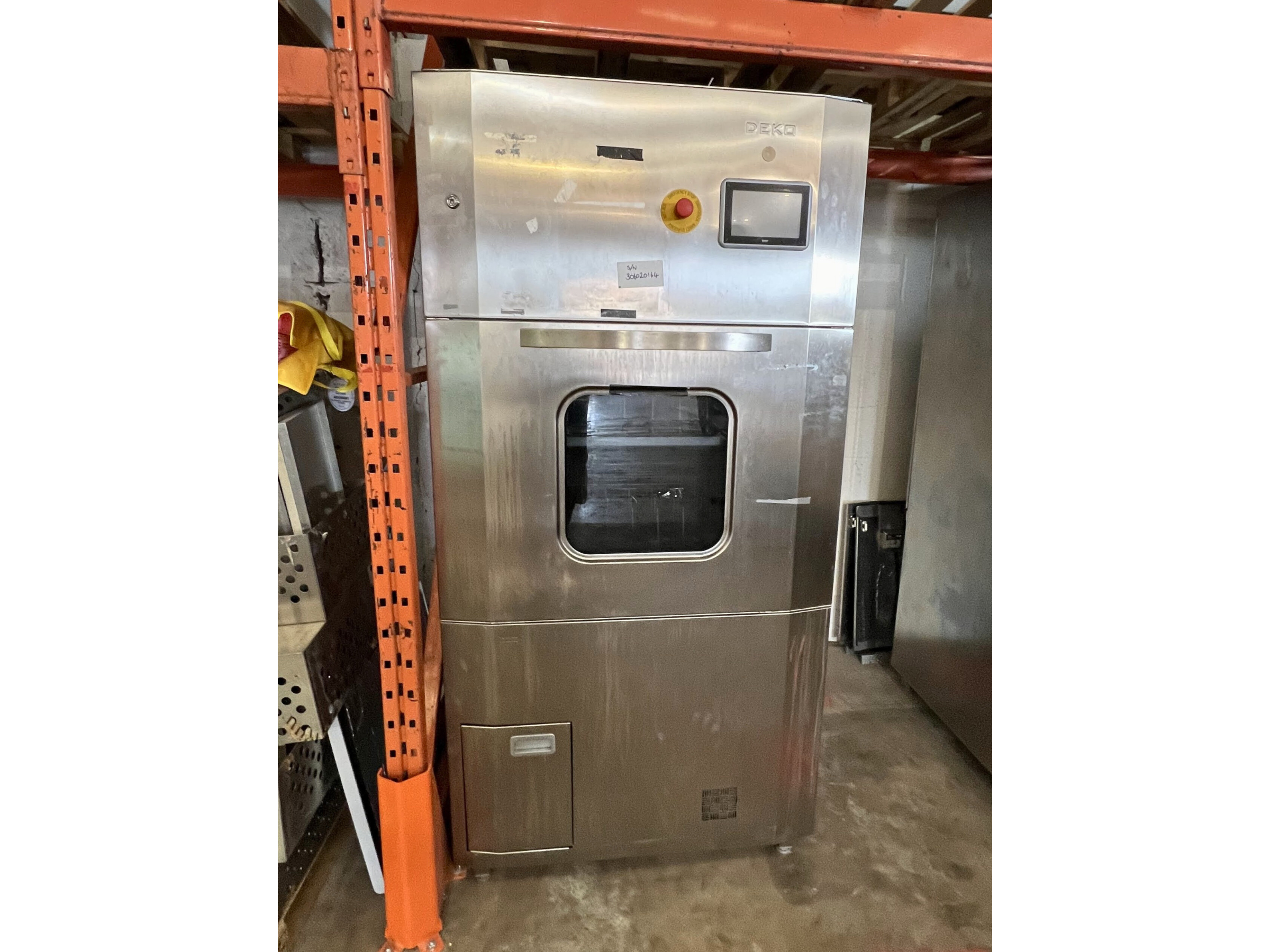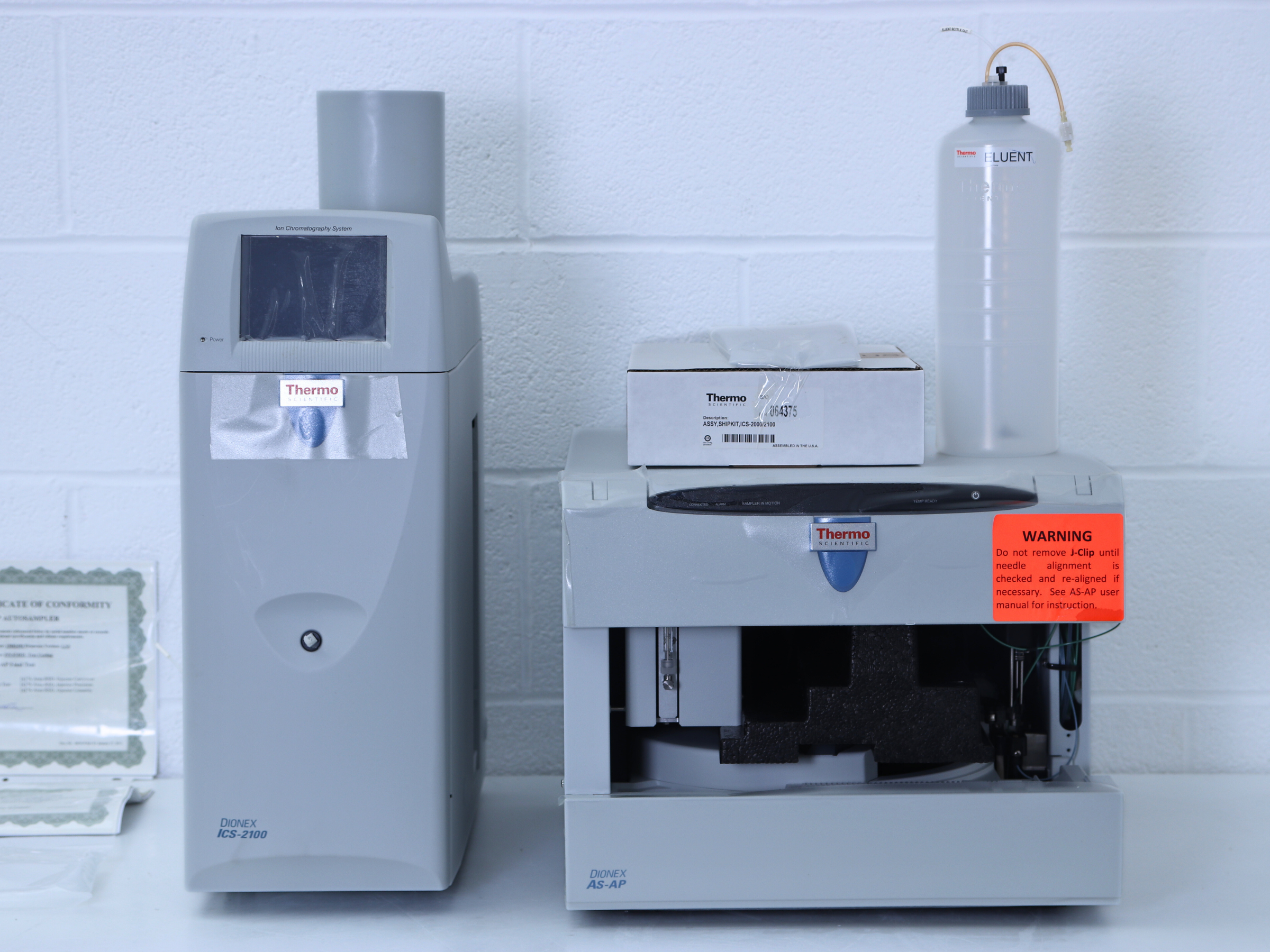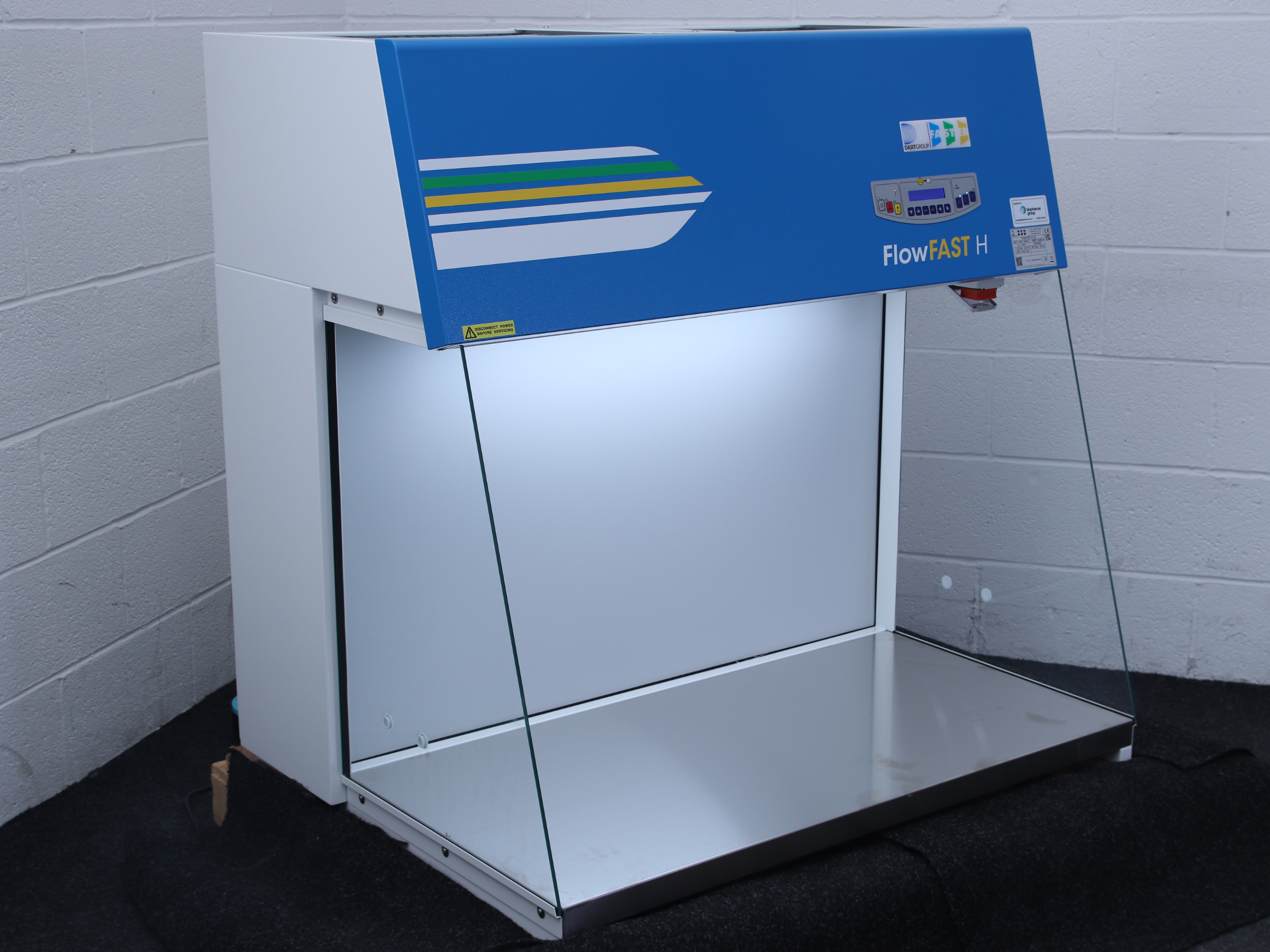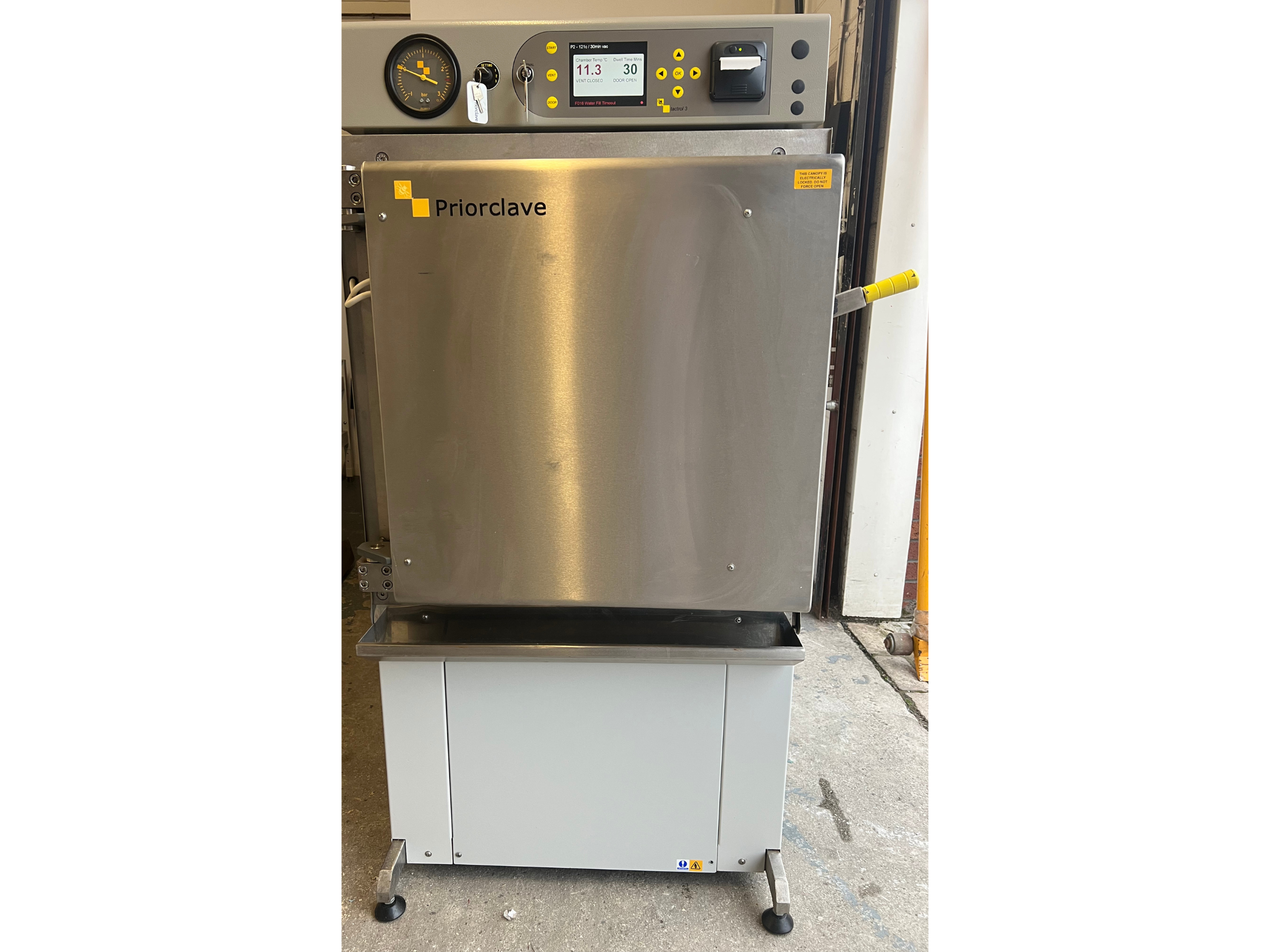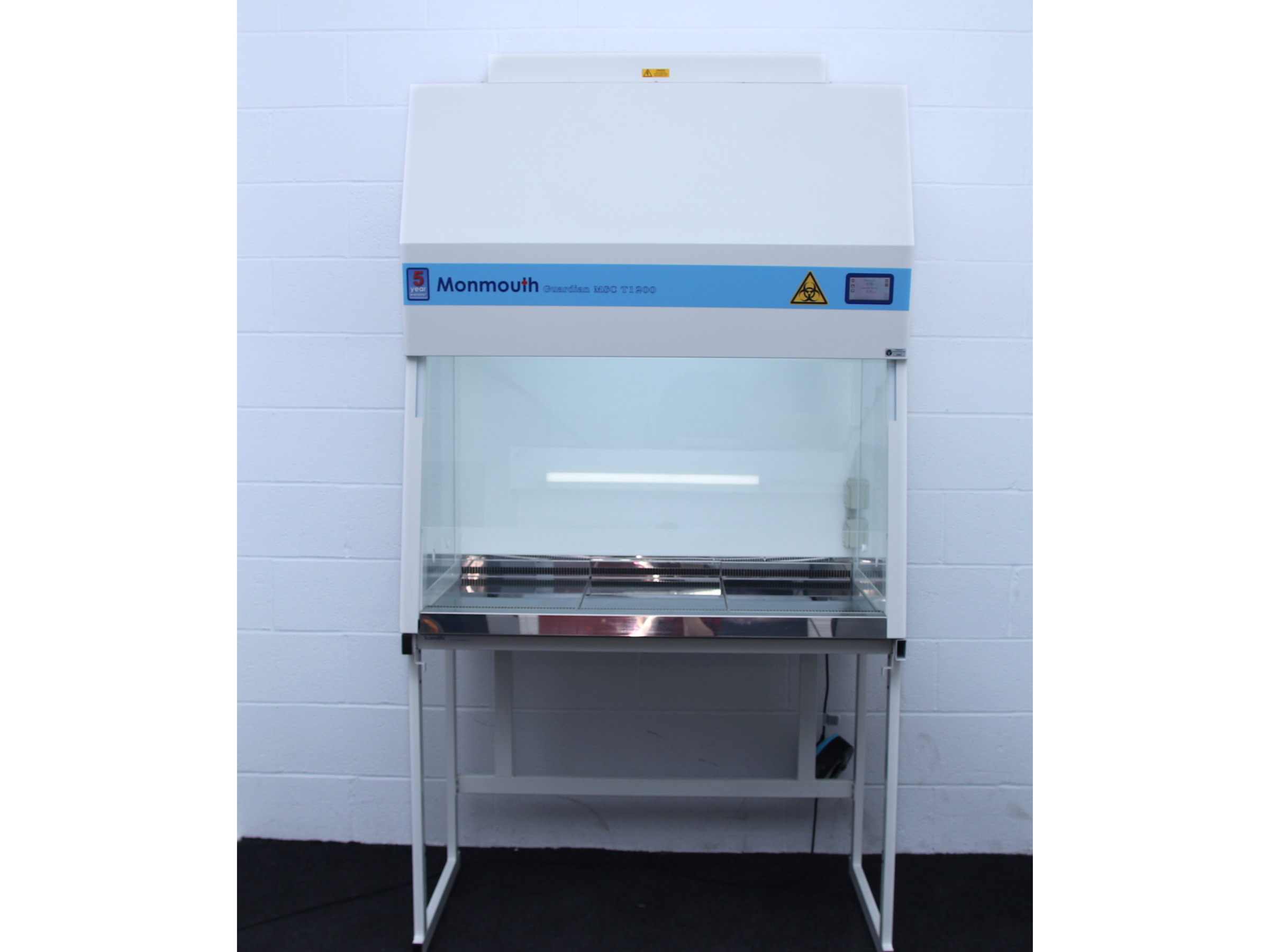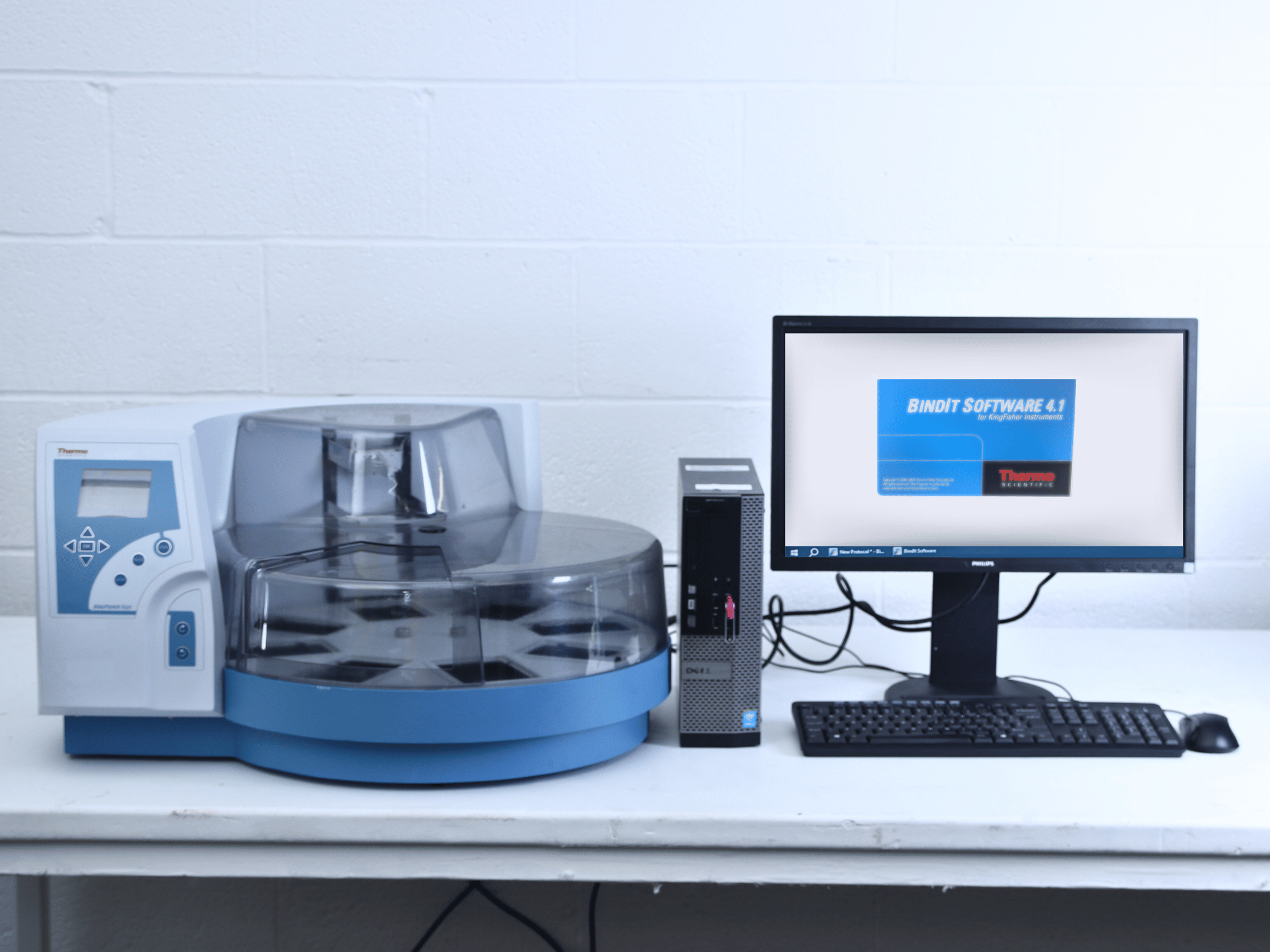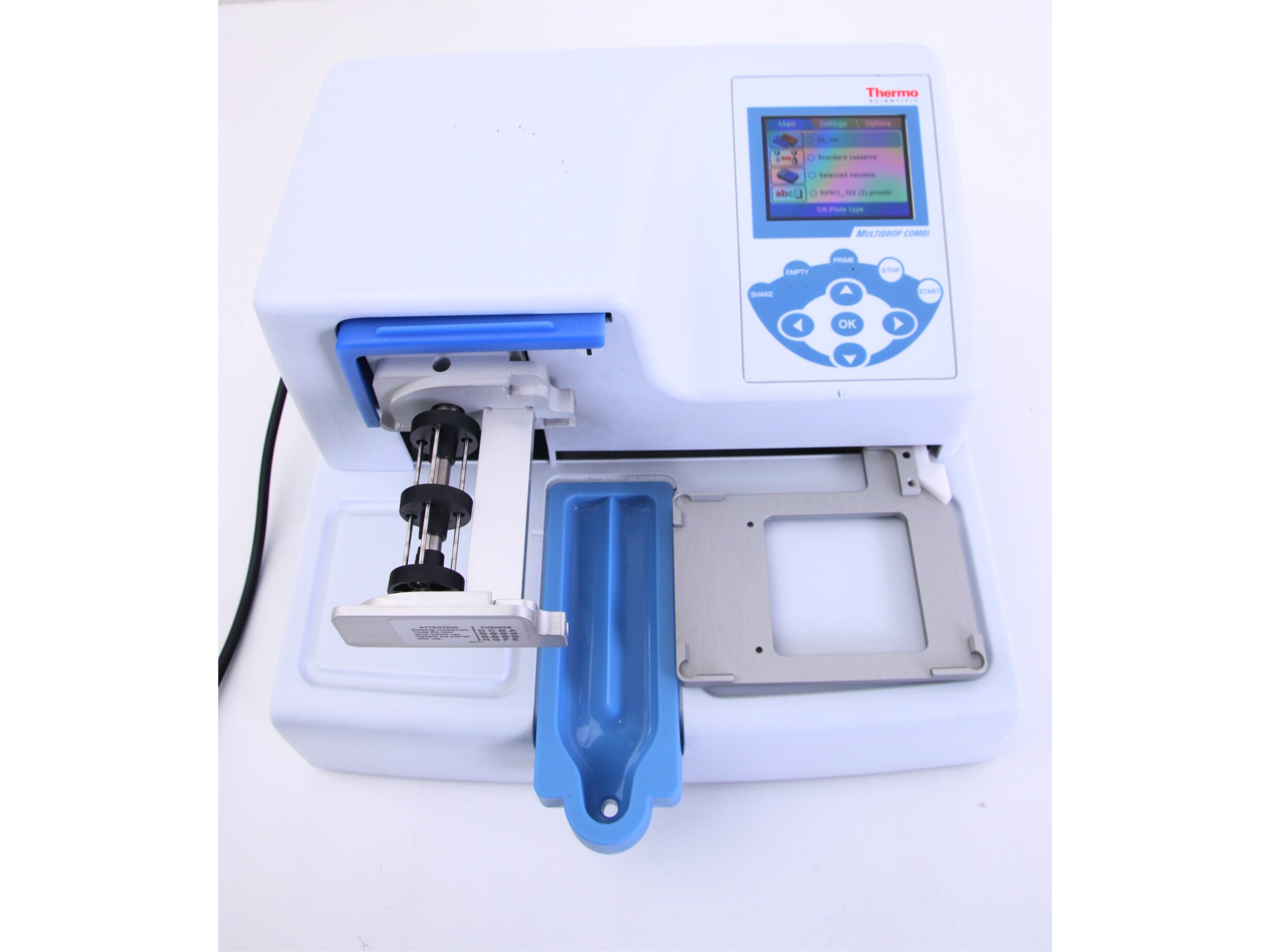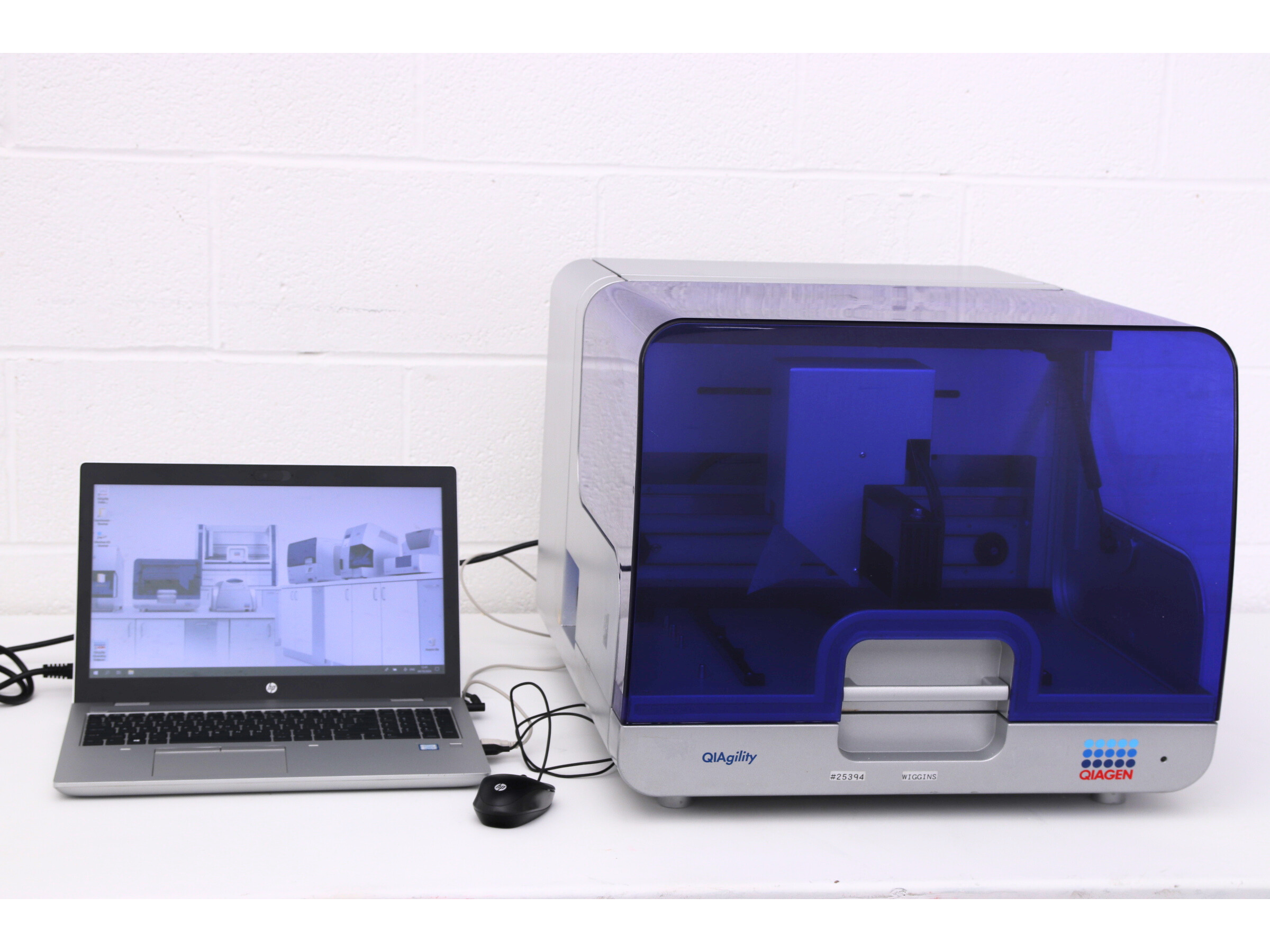Ensuring the longevity and optimal performance of your centrifuge requires a proactive approach to daily upkeep. When done properly, record keeping and basic daily centrifuge maintenance procedures can massively extend the life of your centrifuge, reduce maintenance and engineer costs, and significantly reduce downtime. This article provides a starting point for laboratory users, offering essential basic insights into effective maintenance practices.
3.1 Centrifuge Cleaning Procedures
3.1.1 Rotor Maintenance:
After each use, remove the rotor and conduct a thorough inspection for wear, corrosion, or contamination. Clean rotors using mild detergents and non-abrasive materials, ensuring they remain in pristine condition.
Regular lubrication of rotor parts, if specified by the manufacturer, minimises friction, and contributes to smooth operation.
3.1.2 Chamber Cleaning:
Regularly clean the centrifuge chamber to eliminate any spilled samples, debris, or contaminants. Wipe down surfaces with a mild disinfectant to maintain a sterile environment.
Avoid direct contact of cleaning solutions with electrical components to prevent damage.
Spending a few minutes wiping down the rotor and chamber after each use reduces the risk of corrosion and build up, which could lead to problems down the line.
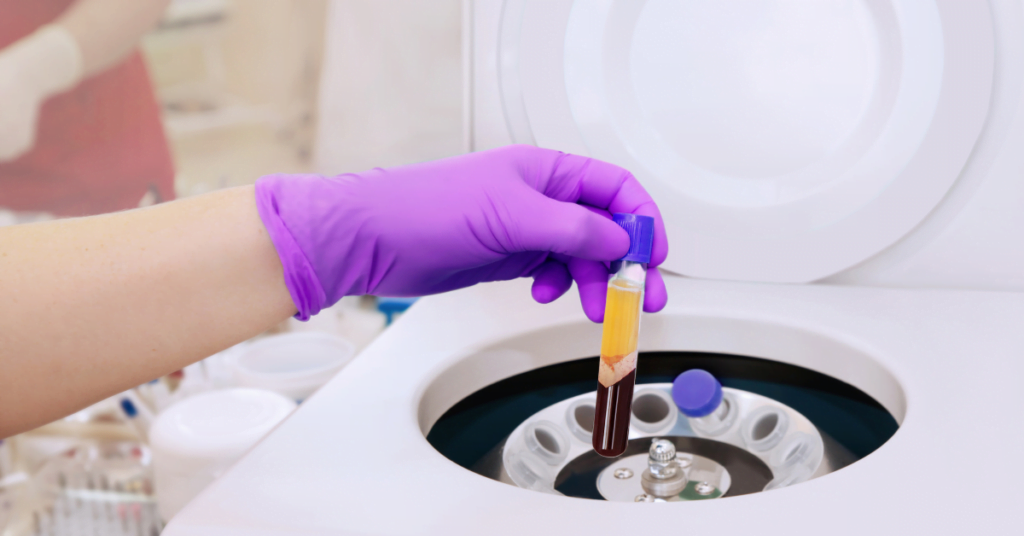
3.2 Inspection and Calibration of Centrifuges
3.2.1 Regular Checks for Wear and Tear:
Conduct routine inspections to identify any visible signs of wear, loose components, or damaged parts. Addressing these issues promptly extends the life of your centrifuge.
Regularly examine electrical cords and plugs for integrity, replacing any damaged components immediately.
3.2.2 Calibration Verification:
Periodically verify the calibration of your centrifuge, especially if precise results are critical to your experiments. Use calibration standards provided by the manufacturer to ensure accurate performance.
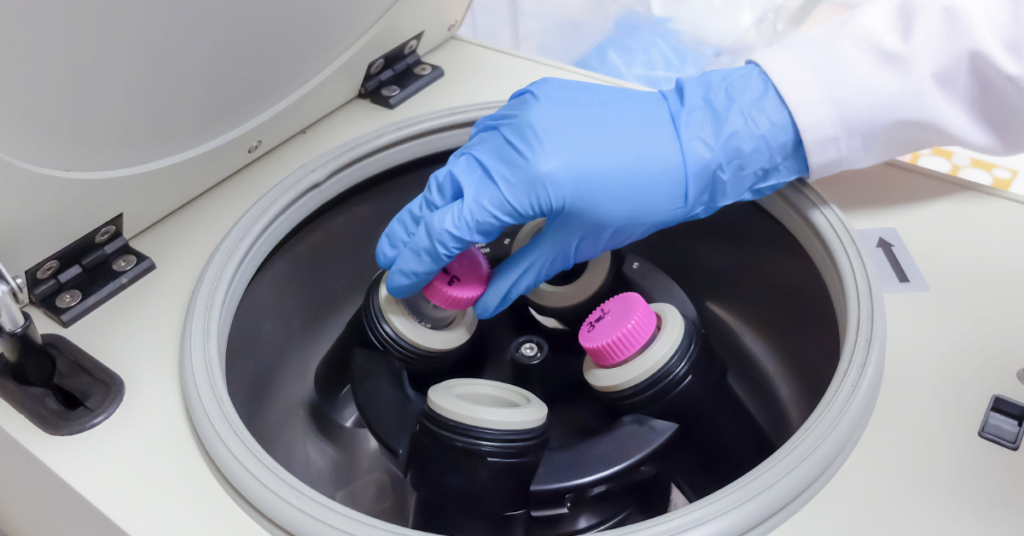
3.3 Lubrication and Cooling Systems
Regularly lubricate moving parts such as bearings and hinges according to the manufacturer’s recommendations. Adequate lubrication minimises friction, ensuring optimal performance during centrifugation.
Monitor and, if necessary, replace cooling system filters to prevent overheating and maintain a consistent operating temperature.
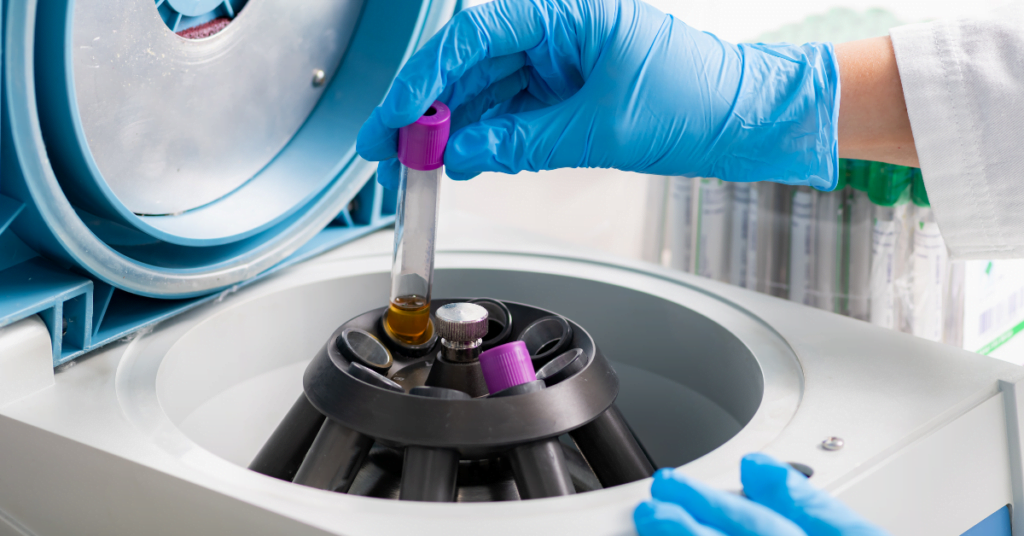
3.4 Recordkeeping: Documenting for Accountability
3.4.1 Maintenance Logs:
Maintain detailed logs of daily maintenance activities, including cleaning, inspections, and any adjustments made. These records provide a historical account of your centrifuge’s health and performance.
Record the date of each maintenance task and the name of the personnel responsible for accountability and traceability. Record keeping shouldn’t be complicated or time consuming. A simple notebook will suffice. Download our free lab equipment log book template to get you started.
3.4.2 Documentation of Issues:
Accurate documentation contributes to efficient troubleshooting and streamlined communication with technical support. Users should document any issues, malfunctions, or abnormalities observed during daily maintenance. Communicate and collaborate with maintenance or service personnel for prompt resolution.
Monitor temperature controls and address any fluctuations promptly to prevent damage to sensitive samples.
Investigate and resolve any unusual noises or vibrations during operation. Identifying and addressing common issues ensures continued optimal performance.
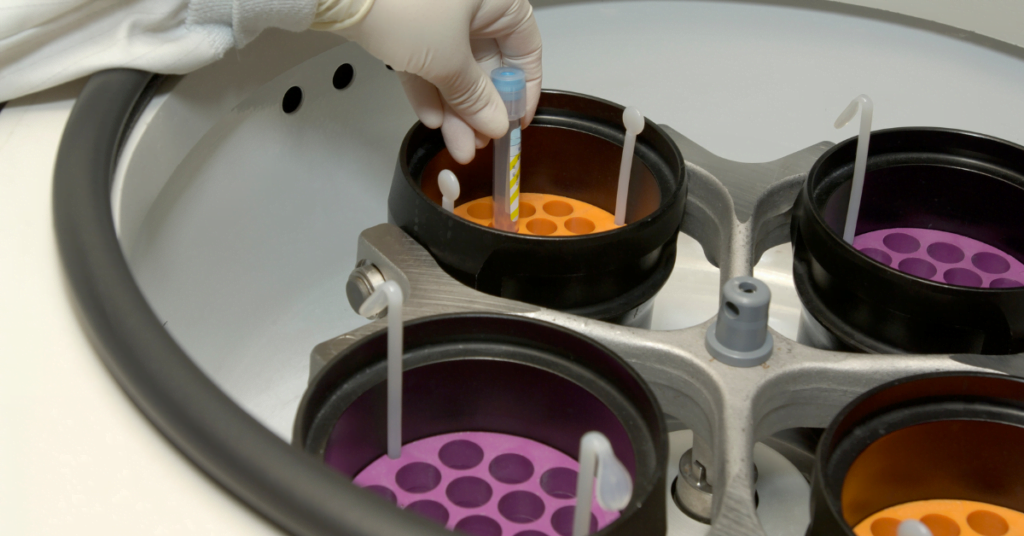
3.5 Training and Skill Development
Provide ongoing training to laboratory personnel on proper daily maintenance procedures. If you or your team are new to using centrifuges in the lab, ask us about installation and training for your new equipment.
Encourage a proactive approach to identifying and addressing potential issues before they escalate. Foster a culture of ownership and accountability for the equipment.
By incorporating these daily maintenance practices into laboratory routines, users can ensure that their centrifuges operate at peak efficiency, minimising the risk of malfunctions and contributing to the reliability of experimental results. Whether you’re managing Ohaus centrifuges or second hand centrifuges, a proactive maintenance approach is key to sustaining a high-performing laboratory environment.
We hope this three-part series has equipped laboratory users with the knowledge needed to make informed decisions about centrifuge use, safety, and maintenance. Richmond Scientific, as a trusted supplier of laboratory equipment, remains committed to supporting laboratories in their pursuit of excellence.
Browse Latest Arrivals
-
 GeneAmp PCR System 9700
GeneAmp PCR System 9700 -
 SPECTROBLUE ICP-OES Spectrometer
SPECTROBLUE ICP-OES Spectrometer -
 Gallenkamp Incubator Size 2
Gallenkamp Incubator Size 2 -
 BioMat 2 Microbiological Safety Cabinet Class 2
BioMat 2 Microbiological Safety Cabinet Class 2 -
 Steinberg 210 L Incubator
Steinberg 210 L Incubator -
 Faster SafeFAST Elite 212D Class 2 Microbiological Safety Cabinet
Faster SafeFAST Elite 212D Class 2 Microbiological Safety Cabinet -
 Miele G7883 Lab Washer
Miele G7883 Lab Washer -
 Faster SafeFAST Classic 212D Class 2 Microbiological Safety Cabinet
Faster SafeFAST Classic 212D Class 2 Microbiological Safety Cabinet -
 Faster SafeFAST Classic 209D Class 2 Microbiological Safety Cabinet
Faster SafeFAST Classic 209D Class 2 Microbiological Safety Cabinet
